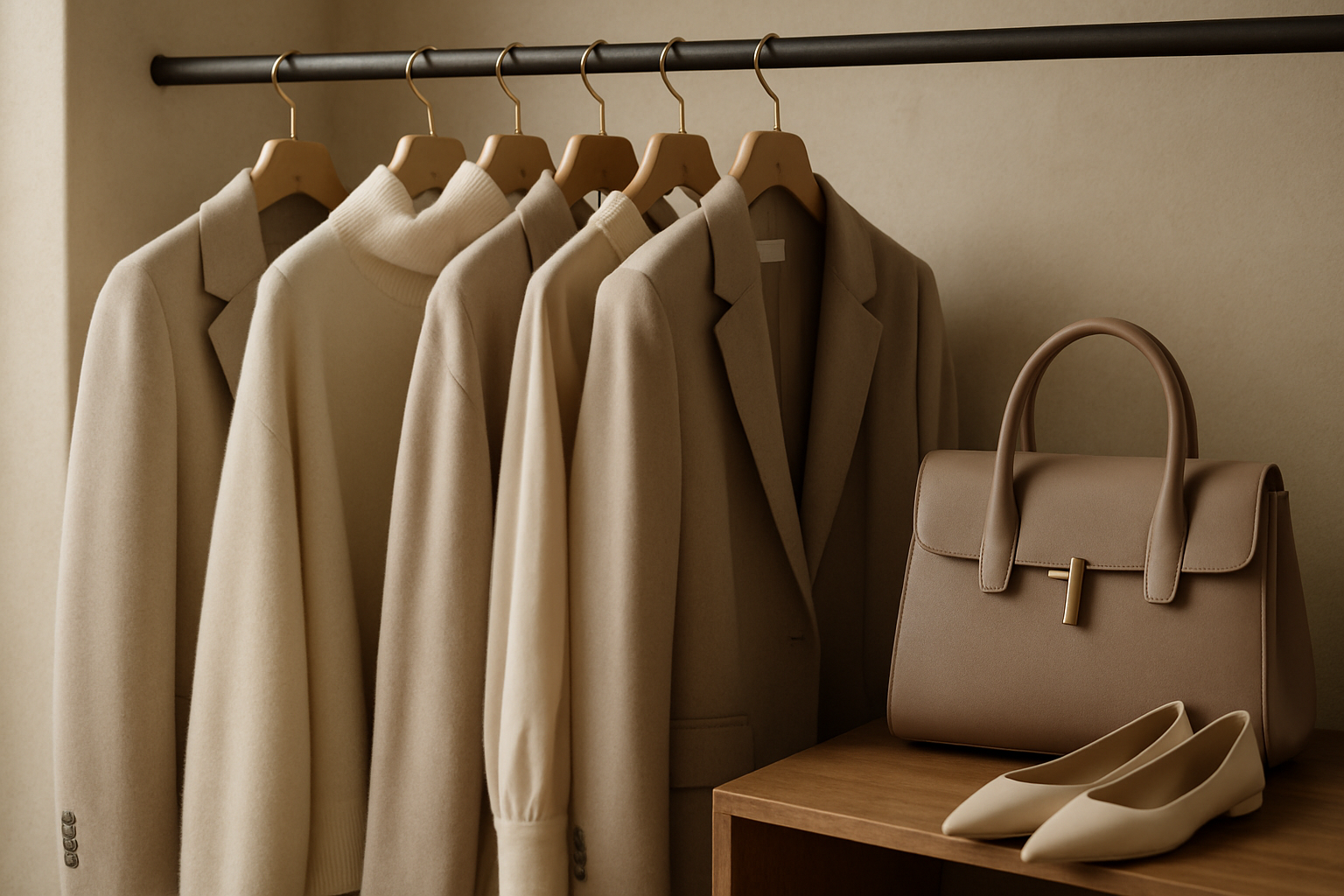Cryotherapy: The Cold Truth Behind Wellness's Coolest Trend
In the ever-evolving world of wellness and beauty, a chilling new practice has emerged, captivating the attention of health enthusiasts and celebrities alike. Cryotherapy, the art of exposing the body to extreme cold temperatures for therapeutic purposes, has rapidly gained traction as a cutting-edge treatment promising a myriad of benefits. From professional athletes seeking faster recovery times to beauty aficionados chasing the fountain of youth, cryotherapy has sparked a revolution in how we approach health and wellness. As this icy trend continues to sweep across spas and wellness centers worldwide, it's time to dive deep into the frosty world of cryotherapy and uncover the science, benefits, and potential risks behind this cool phenomenon.

The principle behind cryotherapy is simple: expose the body to extremely cold temperatures for a short period to trigger a physiological response. This exposure is typically achieved through cryotherapy chambers or cryosaunas, where individuals are subjected to temperatures as low as -166°F (-110°C) for two to four minutes.
The Science of Subzero Wellness
At its core, cryotherapy works by inducing a state of mild, controlled hypothermia. When exposed to extreme cold, the body’s blood vessels constrict, redirecting blood flow from the extremities to vital organs. This process, known as vasoconstriction, is believed to reduce inflammation and trigger the release of endorphins, the body’s natural pain-relieving and mood-enhancing chemicals.
As the body warms up post-treatment, blood vessels dilate, flooding tissues with nutrient-rich, oxygenated blood. This process, called vasodilation, is thought to accelerate healing and promote overall wellness. The rapid temperature change also stimulates the body’s metabolism, potentially aiding in weight loss and increasing energy levels.
Beyond the Ice: Claimed Benefits of Cryotherapy
Proponents of cryotherapy tout a wide range of potential benefits, from improved athletic performance to enhanced beauty outcomes. While more research is needed to conclusively prove many of these claims, anecdotal evidence and preliminary studies have shown promising results in several areas:
-
Athletic Recovery: Many professional athletes and sports teams have incorporated cryotherapy into their training regimens, claiming it reduces muscle soreness and accelerates recovery times.
-
Pain Management: Cryotherapy may help alleviate chronic pain conditions such as arthritis, fibromyalgia, and migraines by reducing inflammation and releasing endorphins.
-
Skin Rejuvenation: The cold temperatures are said to boost collagen production, tighten pores, and improve skin tone and texture, making it popular among beauty enthusiasts.
-
Mental Health: Some users report improved mood, reduced anxiety, and better sleep quality following cryotherapy sessions, possibly due to the endorphin release triggered by the cold exposure.
-
Weight Management: The metabolic boost from cryotherapy may contribute to increased calorie burn and improved weight loss efforts when combined with a healthy diet and exercise routine.
Frostbite or Fountain of Youth? Addressing Safety Concerns
While cryotherapy has gained a devoted following, it’s not without its critics and potential risks. The U.S. Food and Drug Administration (FDA) has not approved whole-body cryotherapy devices for medical treatment, citing a lack of evidence for many of the claimed benefits.
Safety concerns include the risk of frostbite, hypoxia (oxygen deprivation), and burns from the extremely cold temperatures. Individuals with certain medical conditions, such as high blood pressure, heart disease, or pregnancy, are advised to avoid cryotherapy altogether.
To minimize risks, it’s crucial to only undergo cryotherapy at reputable facilities with trained professionals. Sessions should be limited to the recommended duration, and proper protective gear should always be worn to prevent cold-related injuries.
The Future of Freeze: Cryotherapy’s Place in Modern Wellness
As research continues to explore the effects of cryotherapy, its role in the wellness industry is likely to evolve. Some experts predict that more targeted cryotherapy treatments, focusing on specific body parts or conditions, may emerge as alternatives to whole-body exposure.
The integration of cryotherapy with other wellness practices, such as mindfulness techniques or nutrition plans, could also become more prevalent. This holistic approach may provide a more comprehensive wellness experience for those seeking to optimize their health and beauty routines.
Navigating the Cryotherapy Craze: Tips for First-Timers
For those intrigued by the potential benefits of cryotherapy, here are some tips to ensure a safe and effective experience:
-
Consult a healthcare professional before trying cryotherapy, especially if you have any pre-existing medical conditions.
-
Choose a reputable facility with experienced staff and proper safety protocols in place.
-
Start with shorter sessions and gradually increase duration as your body acclimates to the cold.
-
Stay hydrated before and after your session to support your body’s recovery process.
-
Listen to your body and communicate any discomfort or concerns to the cryotherapy technician immediately.
-
Don’t expect miracles from a single session – consistent use over time may be necessary to experience significant benefits.
As the wellness industry continues to evolve, cryotherapy stands out as a fascinating blend of ancient wisdom and modern technology. While more research is needed to fully understand its long-term effects and optimal usage, the popularity of this icy treatment shows no signs of thawing. Whether you’re an athlete looking to enhance recovery, a beauty enthusiast seeking skin rejuvenation, or simply curious about the latest wellness trends, cryotherapy offers a unique and potentially beneficial experience. As with any new health practice, approach it with an open mind, informed caution, and a willingness to embrace the chill in pursuit of your wellness goals.





